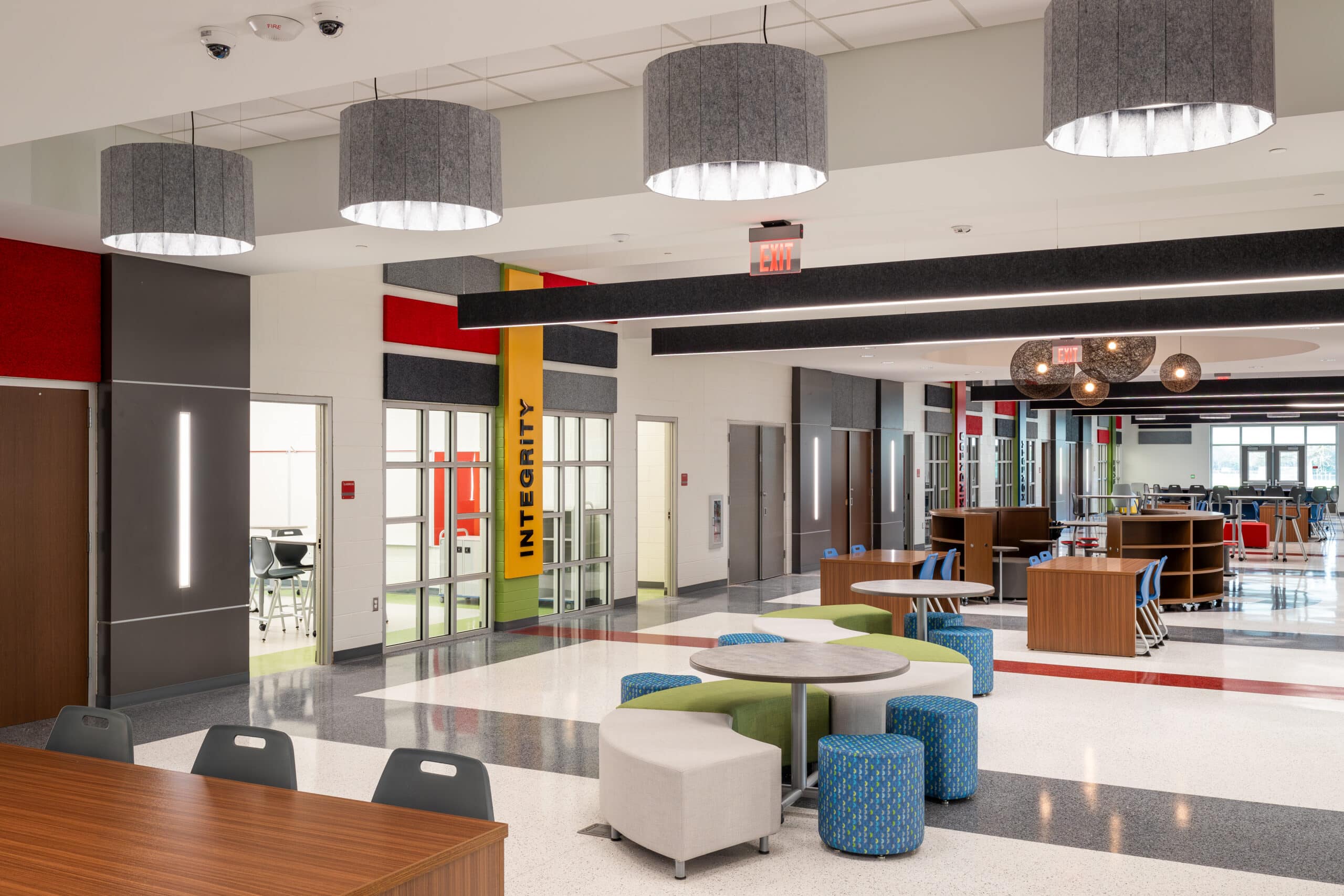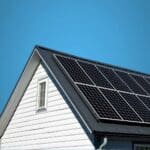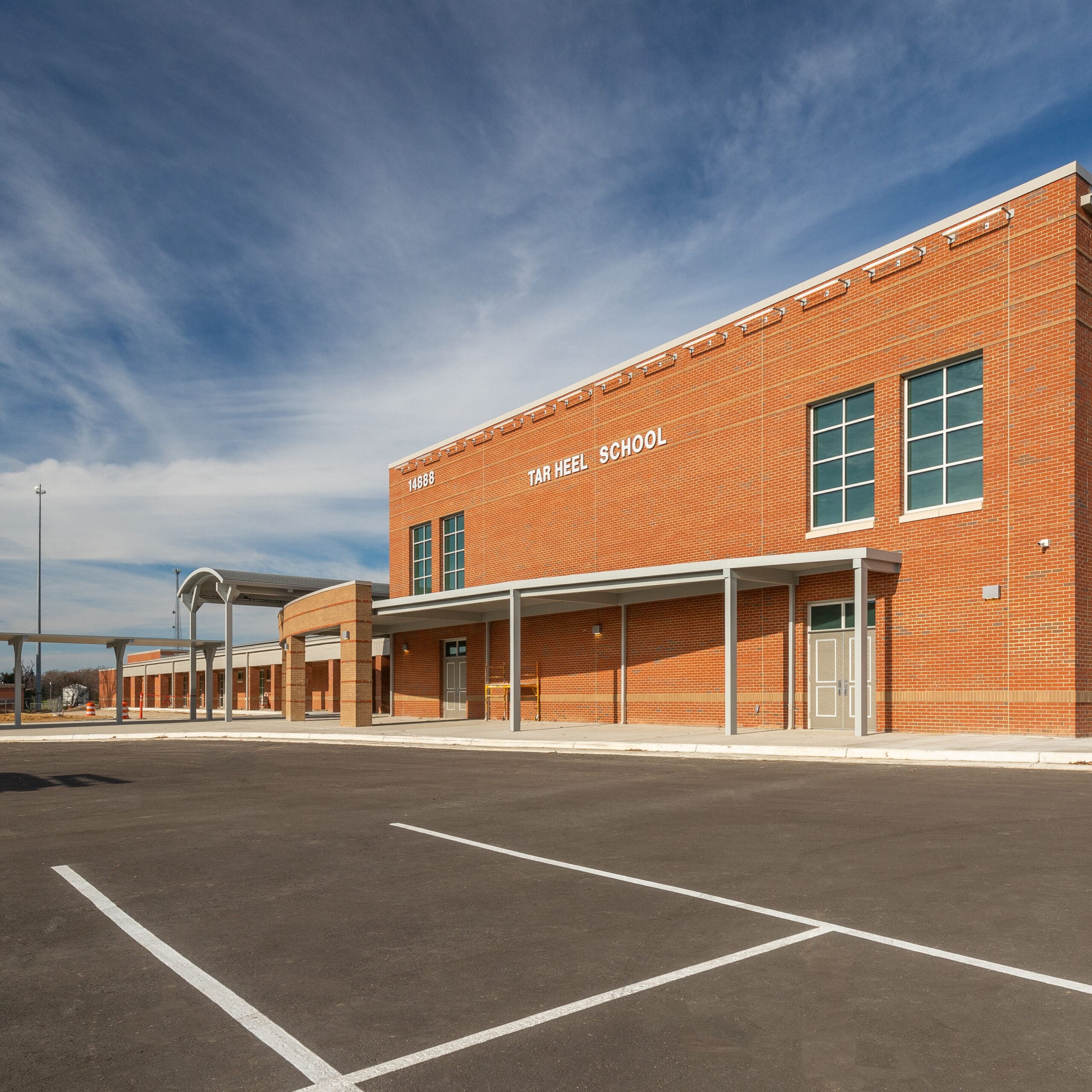- Tar Heel School | Bladen County, North Carolina
A Campus Where the School Building is a Teacher: How Bladen County is modeling clean energy adoption for North Carolina schools
Tar Heel School in Bladen County, North Carolina, is more than a place of learning for students in the community, it is a trailblazer with a net positive energy building that generates more onsite clean electricity than it consumes. In 2023, Tar Heel School installed an on-site solar array producing 630 kW (AC) / 735 kW (DC) and will soon have five electric school buses that can be powered by the sun.
Tar Heel K-8 School
District: Bladen County Schools
Location: Tar Heel, North Carolina
Solar Installation: 780 kW rooftop solar array
Energy Offset: 100%
The superintendent of Bladen County Schools is proud to have created a unique opportunity to use the school building as a teacher that would get students engaged and excited about future career pathways in clean energy and make an impact in the local Tar Heel community.
“When we were looking at how to combine an old elementary and middle school, it made good sense to look at energy efficiency, solar, and geothermal in the design,” says Dr. Jason Atkinson, Superintendent of Bladen County Schools.
“We wanted to include sustainable features to the structure, but we were also thinking about the impact a building like this has on the environment. The building itself is a teaching tool for students that displays building functionality in real time – it’s an on-site science experiment. The students love it.”
– Dr. Jason Atkinson, Superintendent of Bladen County Schools

Tar Heel School | Bladen County, North Carolina | Bordeaux Construction
Many of the features that make Tar Heel a high-performance building comes from reducing energy use before it even enters the building. The building features several upgrades that reduces energy consumption by approximately 50-60%:
- Air barrier envelope which reduces infiltration
- Additional roof and wall insulation
- LED light fixtures
- High performance glass
- Geothermal HVAC system
- Concrete roof structures in the classroom areas
“Our company has this belief that strong schools create vibrant communities, and vibrant communities create an economically sustainable future,” said Robbie Ferris, CEO of SfL+a Architects, the Raleigh-based team that designed the innovative Tar Heel K-8 campus.
SfL+a Architects defines a high performance building like Tar Heel K-8 in two ways. First, it’s a building that improves occupant performance. And secondly, it’s a building that reduces energy consumption, resulting in highly efficient operations.
Sandy Grove Middle School in Lumber Bridge, North Carolina was one of the first in the region to adopt this net positive energy approach. Since coming online in August 2013, the school has saved $1.5 million in annual electricity and maintenance costs, eventually recouping the cost of the project itself.
“We love high-performance buildings, we love energy efficiency, but we’re also trying to design a building that’s going to change the life of a child,” said Ferris. “Bladen County saw that designing Tar Heel to be energy positive was the right thing to do. They chose to build the school as a teaching tool and I think students see that – they can see a future for themselves in part because of the opportunities a school like this presents communities.”
“I was working in Hoke County when the Sandy Grove Middle School project took place and knew that if I was ever in a position to oversee a similar project, I’d take it,” said Atkinson. “At the time, I saw Sandy Grove as the model to strive for, and now other districts are saying that about Tar Heel. It makes me proud.”
Atkinson wants to put every child in Bladen county in a healthy, energy positive facility like Tar Heel and also recognizes they have a ways to go with future construction projects in Bladen County Schools. Nearly 80% of funding for the Tar Heel project came from a grant from the State of North Carolina. However, county commissioners still had to fund part of the new school design. Part of the total budget went toward paying for the geothermal system and solar panel array that will offset the school’s utility costs, and Bladen County Schools is planning to apply for a tax credit that will refund approximately 30% of the costs for those clean energy technologies.
As Dr. Atkinson anticipated, other districts in North Carolina now tour Tar Heel School and ask how they can bring the lessons they’ve learned back to their own districts and students.
“This has sparked a fire in other parts of the county to emulate what we’ve done at Tar Heel,” said Atkinson. “Sometimes you have to be the model, you have to put yourself out there and be the pace setter. It’s hard for rural schools to get money with fewer students, but people are now asking to transfer into Tar Heel and we have no issues recruiting teachers who want to teach in a new state-of-the-art facility. Quality schools attract people to the community. If you’re looking at growing your population and community, start by building better schools.”















